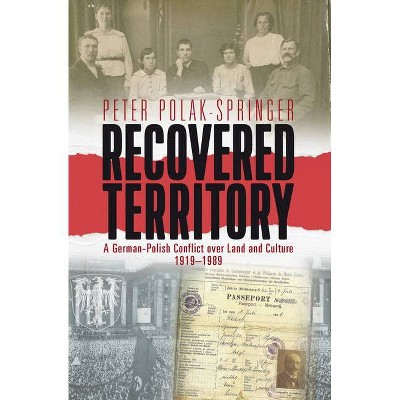Springer Handbook of Microscopy - (Springer Handbooks) by Peter W Hawkes & John C H Spence (Hardcover)

Similar Products
Products of same category from the store
AllProduct info
<p/><br></br><p><b> Book Synopsis </b></p></br></br><p>This book features reviews by leading experts on the methods and applications of modern forms of microscopy. The recent awards of Nobel Prizes awarded for super-resolution optical microscopy and cryo-electron microscopy have demonstrated the rich scientific opportunities for research in novel microscopies. Earlier Nobel Prizes for electron microscopy (the instrument itself and applications to biology), scanning probe microscopy and holography are a reminder of the central role of microscopy in modern science, from the study of nanostructures in materials science, physics and chemistry to structural biology.</p><p>Separate chapters are devoted to confocal, fluorescent and related novel optical microscopies, coherent diffractive imaging, scanning probe microscopy, transmission electron microscopy in all its modes from aberration corrected and analytical to in-situ and time-resolved, low energy electron microscopy, photoelectron microscopy, cryo-electron microscopy in biology, and also ion microscopy. </p><p>In addition to serving as an essential reference for researchers and teachers in the fields such as materials science, condensed matter physics, solid-state chemistry, structural biology and the molecular sciences generally, the <i>Springer Handbook of Microscopy </i>is a unified, coherent and pedagogically attractive text for advanced students who need an authoritative yet accessible guide to the science and practice of microscopy.</p><p/><br></br><p><b> From the Back Cover </b></p></br></br><p>This book features reviews by leading experts on the methods and applications of modern forms of microscopy. The recent awards of Nobel Prizes awarded for super-resolution optical microscopy and cryo-electron microscopy have demonstrated the rich scientific opportunities for research in novel microscopies. Earlier Nobel Prizes for electron microscopy (the instrument itself and applications to biology), scanning probe microscopy and holography are a reminder of the central role of microscopy in modern science, from the study of nanostructures in materials science, physics and chemistry to structural biology. </p> <p>Separate chapters are devoted to confocal, fluorescent and related novel optical microscopies, coherent diffractive imaging, scanning probe microscopy, transmission electron microscopy in all its modes from aberration corrected and analytical to in-situ and time-resolved, low energy electron microscopy, photoelectron microscopy, cryo-electron microscopy in biology, and also ion microscopy. </p> <p>In addition to serving as an essential reference for researchers and teachers in the fields such as materials science, condensed matter physics, solid-state chemistry, structural biology and the molecular sciences generally, the <i>Springer Handbook of Microscopy </i>is a unified, coherent and pedagogically attractive text for advanced students who need an authoritative yet accessible guide to the science and practice of microscopy.</p><p/><br></br><p><b> Review Quotes </b></p></br></br><br><p>"This book highlights the unity of electron microscopy, X-ray microscopy and optical microscopy ... . This handbook is a recommended source of information on microscopy theory, instrumentation, applications, limitations, trade-offs and pitfalls. ... The contributors have produced outstanding chapters, which should be noted for their comprehensive analysis of the theory and the instruments, their critical selection of figures, and their selection of key references." (Barry R. Masters, Optics & Photonics News, April 9, 2020)</p><br><p/><br></br><p><b> About the Author </b></p></br></br><p></p><p>Peter Hawkes received his Ph.D. in Physics from the University of Cambridge in 1963, after which he continued his research on electron optics, and in particular on aberration theory and image processing, in the Cavendish Laboratory until 1975. He then moved to the CNRS Laboratory of Electron Optics in Toulouse, of which he was Director in 1987, and published extensively on electron lens aberrations and theoretical aspects of image processing. In 2002, he was awarded the status of Emeritus CNRS Director of Research. He has been President of the French Microscopy Society and was Founder-President of the European Microscopy Society. </p><p>John Spence FRS received his Ph.D. in Physics from Melbourne in 1973 followed by post-doctoral work in Oxford, UK. He joined John Cowley's electron microscopy group in Physics at Arizona State University in 1977 where he is Regent's Professor of Physics. His group has undertaken research in diffraction physics and novel microscopies with applications in condensed matter physics, materials science and structural biology. He is currently Director of Science for an NSF consortium of seven US universities in the development and application of free-electron X-ray lasers to biology.</p><br><p></p>
Price History
Price Archive shows prices from various stores, lets you see history and find the cheapest. There is no actual sale on the website. For all support, inquiry and suggestion messagescommunication@pricearchive.us


















